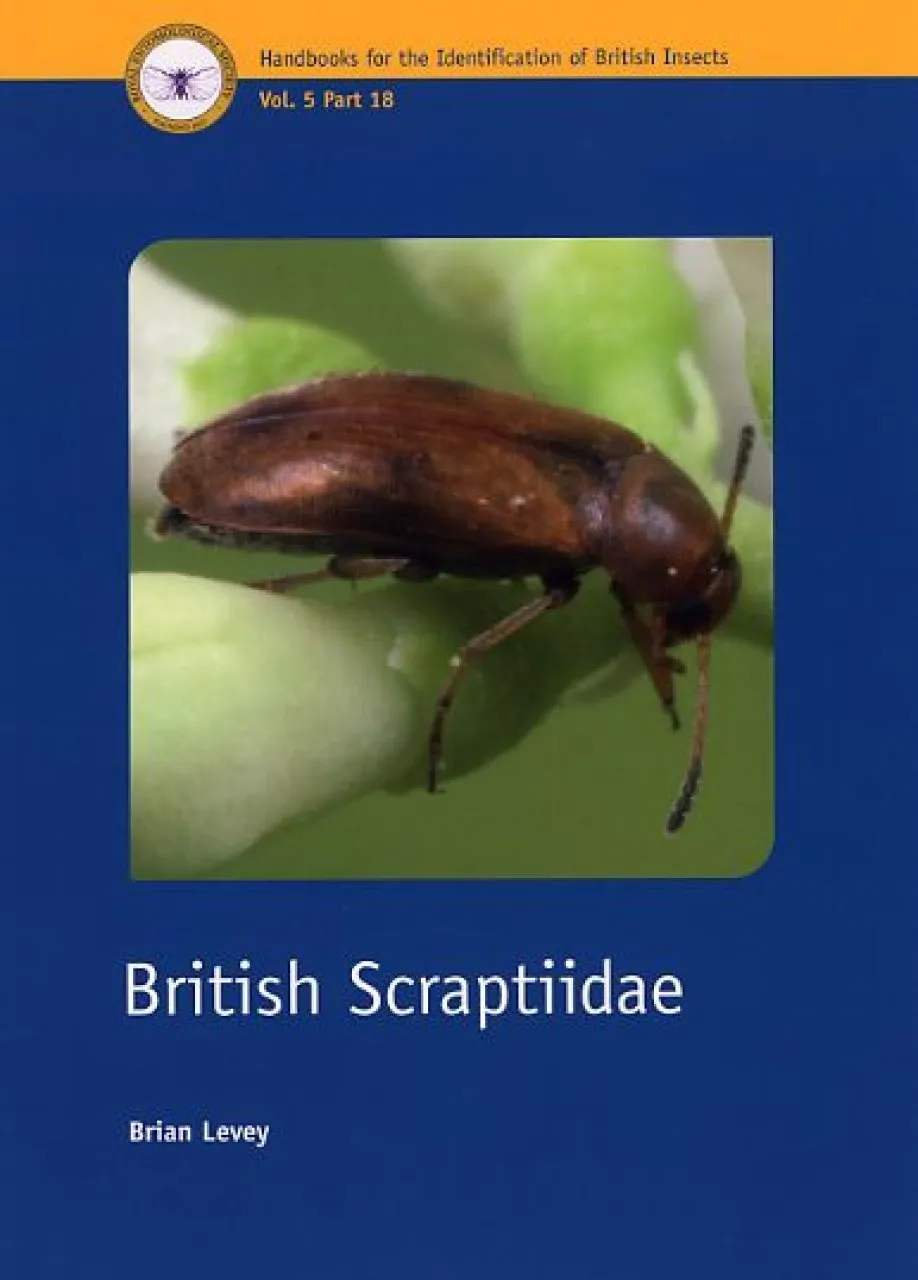



RES Handbook, Volume 5, Part 18: British Scraptiidae
- Inklusive 9% MwSt.: €5,95
- Ohne MwSt: €5,46
- Versandkosten nur 7,82 € nach Deutschland
- An Werktagen vor 17 Uhr bestellt? Versand am selben Tag!
- 14 Tage Rückgaberecht
- Bei uns ist nichts unmöglich!












| Serie | RES Handbooks for the Identification of British Insects |
| Autor | Brian Levey |
| Sprache | Englisch |
| ISBN | 9780901546890 |
| Verlag | Field Studies Council Publications |
| Seiten | 33 |
| Format | Taschenbuch |
| Bilder | Farbfotos und Strichzeichnungen |
| Erscheinungsjahr | 2009 |
The Scraptiidae are a common, but relatively poorly known beetle family, with a maximum adult body length of 2.5-5.55mm. Adults from several species are associated with the flowers of Rosaceae and Umbelliferae, while other species are mainly collected from the foliage of trees. The larvae are scavengers, living beneath bark and in rotting wood.
This Handbook covers the 16 species, from the two genera of Scraptia and Anapsis, that have been recorded in the British Isles. Fully illustrated keys to genera and species are provided. Notes on each species include information on British and European distribution, abundance, intraspecific variation, phenology of the adults, and larval hosts, if known.
Es wurden noch keine Bewertungen für dieses Produkt abgegeben..
Vervollständigen Sie Ihre Bestellung